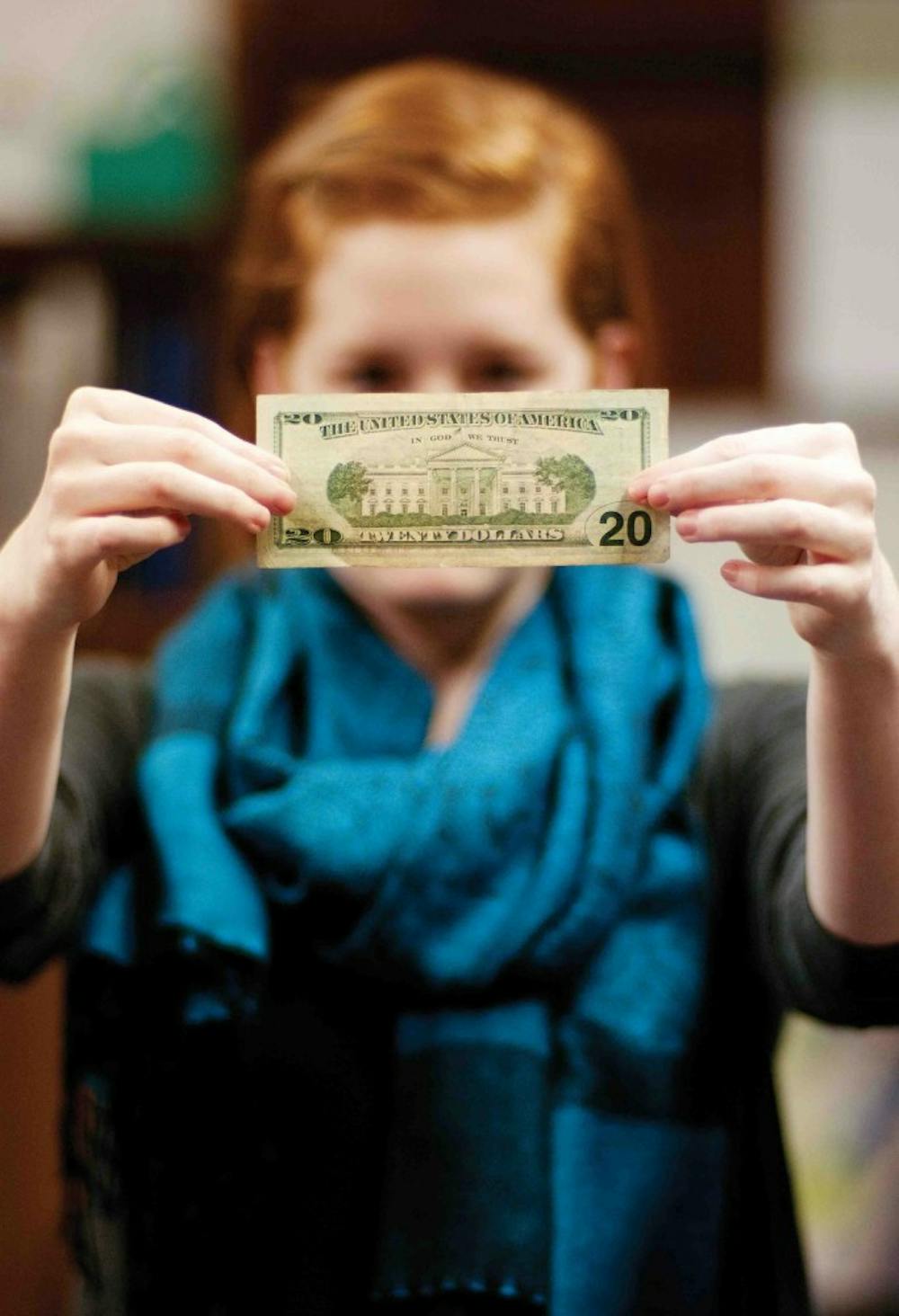A six percent increase in the average national student debt brings the class of 2009’s average to $24,000
Attending college is quite expensive, leaving students from the class of 2009's average debt to $24,000. (Kevin Kadooka -- The Beacon)
By Jocelyne LaFortune, Staff Writer -- lafortun12@up.edu
$24,000 will buy you a brand new Toyota Prius. Or perhaps you'd prefer to spend it on a luxurious trip to Europe.
Whatever you would choose to spend it on, $24,000 is a lot of money.
$24,000 is also the average amount of debt carried by U.S. college graduates in the class of 2009, a six percent increase from 2008, according to a report from the Project on Student Debt.
The annual report focuses on students who graduated with loans from both private and public four-year colleges. The six percent increase in average debt is consistent with increases over the past four years, according to the report.
So far this year, 53.3 percent of students currently at UP are using student loans to help fund their education. According to Janet Turner, director of Financial Aid, the average debt for students with loans in UP's class of 2010 was $22,284.
Consistent increases in the unemployment rate could also be hindering grad's abilities to pay back their loans, according to the Project on Student Debt.
In September, Oregon's unemployment rate was 10.3 percent, compared to a national average of 9.2 percent, according to the U.S. Bureau of Labor Statistics.
While loans are necessary for most students to afford tuition, there are ways students can help lessen the burden of loans after graduation.
"One of the most important things students with loans should do is to stay in contact with your lender," Turner said. "Know who your lender is and know exactly what you owe."
Students should also be sure to have their Free Application for Federal Student Aid (FAFSA) filled out correctly, according to Turner. She also recommends working part time while going to school.
"By working part time during school, students can make payments that could at least cover the interest on their loans," Turner said. "This way interest isn't capitalizing on your loan while you're in school."
Students looking for financial assistance can take out federal or private loans. While federal loans are issued by the U.S. government, private loans are borrowed from other lenders ,such as banks or credit unions. According to Turner, students taking out private loans should be especially careful.
"With private loans, the lender has their own interest rates," Turner said. "So students need to make sure that they know exactly what they are going to owe later on."
Junior Chris Collins estimates that he will have approximately $100,000 of debt when he graduates.
"I took out all my own loans to pay for school," Collins said. "I got some scholarship money from UP but I still have to take out about $30,000 in loans each year, and I can't afford to make payments until after I graduate because of other expenses like rent."
The National Student Loan Data System (NSLDS) is the U.S. Department of Education's centralized database for federal student loans. Using the NLDS, students with federal loans can view their loan information in one centralized place. The NLDS does not provide information on private loans.
At StudentLoans.gov, students can view different payment plans and get other information from the U.S. Department of Education about managing their federal student loans. Tools such as out-of-pocket worksheets and loan payment calculators, as well as information on what steps to take if you can't make a payment, can be found at this web site.
"Out-of-pocket worksheets can be useful for parents and students to help budget their loans," Turner said. "Be realistic about salaries and payments – know how much is too much for you or your family to afford."
Junior Adam Lyon estimates that his debt will be between $20,000 and $25,000 when he graduates. "I really don't know how I'm going to pay back my loans," Lyon said.









